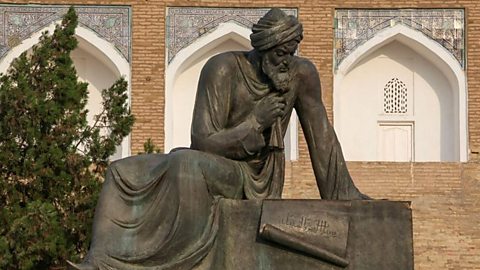Where did food come from?
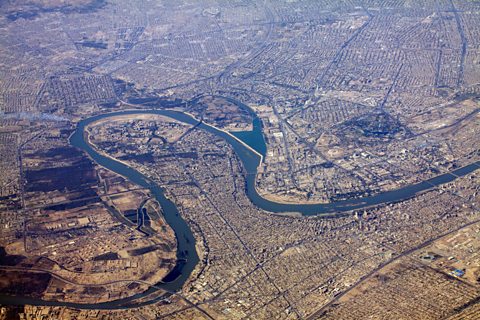
Farming was important for growing food in the early Islamic civilisation.
- Common crops were wheat and semolina.
- Baghdad was surrounded by fertile farmland which meant lots of crops could be grown.
- Each season, farmers planted a different crop on the same land (rotating crops) to increase the amount they can harvest.
- The city was built close to the rivers Tigris and Euphrates which was helpful for watering crops.

How did trade affect what people ate?
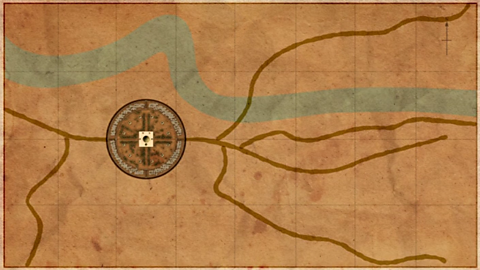
Baghdad was located on the Silk Trade route. Merchants from China and India travelled through the city to sell goods like silk, perfume and spices to countries in other parts of the world.
They not only brought goods to Baghdad, but also different foods such as aubergine.
What was the most common food?

People's diets included dates, honey, fish and milk.
Spices like cumin, tarragon, mint and caraway were used in dishes.
Richer people ate meat such as lamb and goat. Certain foods like pork and drinking alcohol weren't allowed.

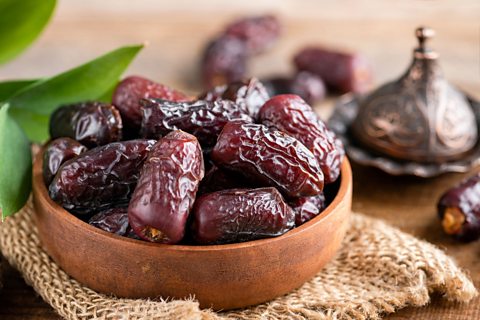
Some popular dishes included:
- Tharid - meat broth with breadcrumbs on top
- Asida - a porridge flavoured with dates or honey
- Zulabiyya - a sweet fritter dessert
- Luqam - a fried sweet pastry served with syrup
Caliphs hosted grand banquets in their palaces with lots of food and music.
A writer who went by the name ˛ą±ô-°Â˛ą°ů°ůÄĺ±ç, wrote an Arabic cookbook in the 9th century called Kitab al-Tabikh (The Book of Dishes). It contains recipes used for the courts of the Abbasid Caliphate (AD750 -1258) in Baghdad.
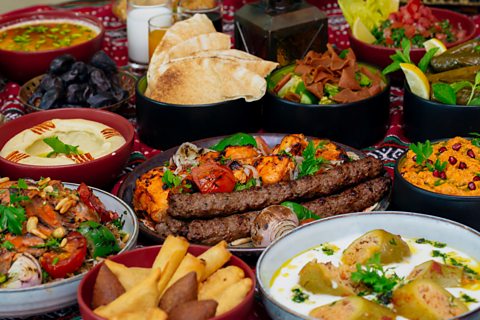
During the month of Ramadan, Muslims would fast (not eat or drink) during the hours of daylight. At the end of Ramadan, people celebrated with lots of food and gifts.
Muslims around the world today still participate in Ramadan and celebrate its end during Eid ul-Fitr.
Activity: Quiz – Early Islamic food
Bitesize Primary games. gameBitesize Primary games
Play fun and educational primary games in science, maths, English, history, geography, art, computing and modern languages.

More on Islamic civilisation
Find out more by working through a topic
- count6 of 10
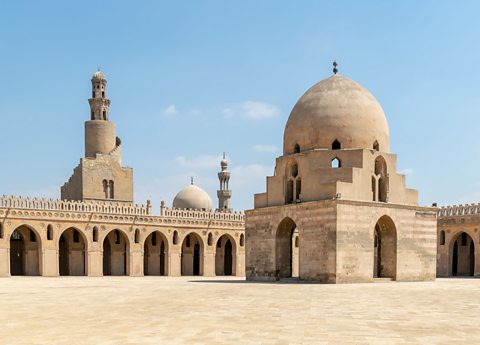
- count9 of 10
